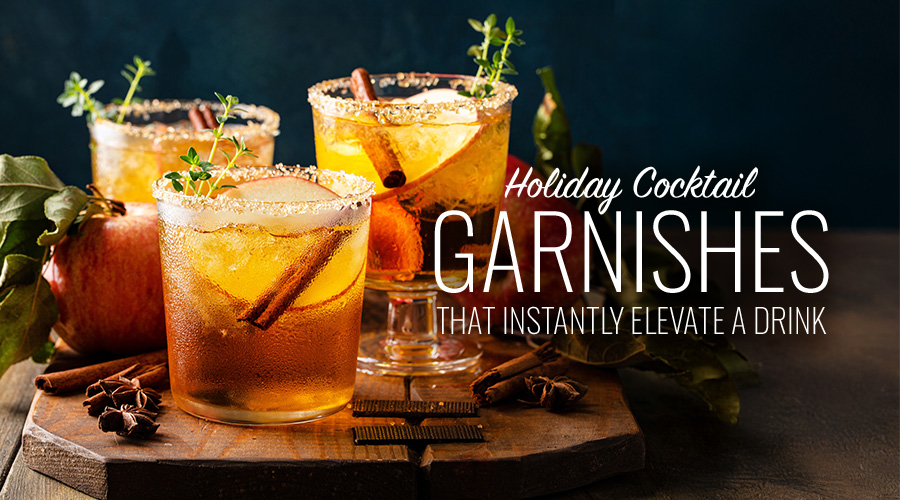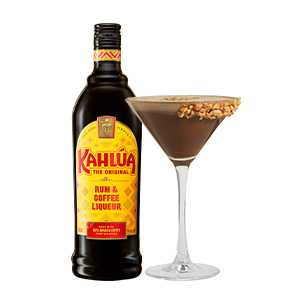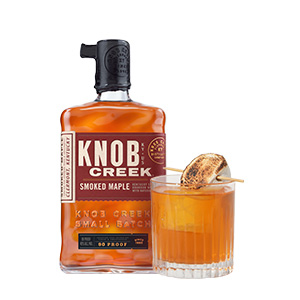
On the sales floor at the Smith Street location, there has been a lot of talk about the “seasonal creep”: pumpkin and Oktoberfest beers coming out earlier and earlier. Well, that is the case, but it was summed up best by a Twitter user who responded by quoting Talladega Night’s Ricky Bobby by saying, “If you ain’t first, you’re last.” But, I’m here to tell you that September is the time for Oktoberfest, despite the name, and you should be celebrating it big right here in Texas!
Origins of Oktoberfest
Not only is Oktoberfest now celebrated mostly in September, it didn’t even start as a beer event. The historical beginnings of the world’s largest beer festival were actually an epic wedding reception. In 1810, Crown Prince Ludwig was married to Princess Therese on the 12th of October. The citizens of Munich were invited to attend the festivities afterwards, which lasted 5 days. Horse races marked the close of the event, and the decision to repeat the horse races in the subsequent year gave rise to the tradition of the Oktoberfest. As far as the festival being more of a September event, at some point the Munich Oktoberfest was held on the 16 days leading up to and including the first Sunday in October.
What Makes An Oktoberfest Beer?
Now that we’ve got the time and history of the festival settled, let’s examine what an Oktoberfest beer really is. At the first Oktoberfests in the early 1800s, advances had not yet been made in the malting, brewing, refrigeration or understanding of fermentation that would eventually bring us the amber-red liquids we Americans now know to be Oktoberfest beers. The first “festers” enjoyed— really the only style of beer at the time—brews much richer and darker than anything we now associate with the Fall. Eventually that style of beer would be known as “Dunkel”, or dark, and would be the standard for beer until the necessary advances were made to craft anything lighter. It wouldn’t be until refrigeration was invented that brewing would be a year-round endeavor. Before that advancement, beer was not brewed in the warmer summer months. A surplus of stronger beer was brewed at the end of the season in March, and held in cold caves for storage and rationed throughout the summer. At this October festival, the last of the reserves were tapped and poured, which is why March beer, or “Marzen”, is associated with Oktoberfest.
So the birth of Oktoberfest beers we know today centers on the Spatenbrewery, owned by the Sedlmayr family. In the late 1820s and 1830s, Gabriel Sedlmayr II toured Europe in order to gain knowledge of brewing in the western world. He noted that the British and the Belgians had much softer and more subtle ways of drying their malts that allowed for the brewing of pale and amber beers. Up until then, the malt used by German brewers was dried and suspended over an open fire, lending a smoked flavor to all beers. Gabriel returned to Munich and started a process of modernization at Spaten in the 1840s. Progress continued at Spaten until the 1870s, when an amber-red style of lager was popularized in Austria. Both the grain used and the style of beer are now known by its city of origin, Vienna.
In 1871, Gabriel’s brother, Josef, brewed a test batch of the Vienna-style beer at his Munich brewery, Franziskaner, which would eventually merge with his brother’s Spaten brewery. At the 1872 Oktoberfest, this amber colored March beer gained public recognition and would remain the brew of choice for decades.
A marzen, like most German lagers, is crisp and approachable, with a flavor that is honest to the raw materials. Using predominantly Munich malts, the beer ends up as some variation on amber, with a light sweetness up front, possibly suggesting caramel, with a toasty, bready malt flavor and a firm, crisp finish. It’s no frills. It’s easy. It’s not the most exciting style, but it is good drinking.
In the 1970s, a brewer at Paulaner decided that Marzen wasn’t “poundable” enough and brewed something lighter in color, flavor and body in response. The beer was well received, but the committee that made decisions on beer for the Munich Oktoberfest wouldn’t come around to this “Festbier” until the 1990s. Festbier is also known as “Wiesn”, a reference to the meadow where the festival is held.
Festbier is more in line with a stronger version of the pale lagers we all know and love today. Again, a touch of sweetness up front, with subtle bready maltiness with a crisp finish. It’s less exciting than the Marzen, but I would agree with whomever decided this is more “poundable”—easy drinking, than an amber. I could see this style being trouble when served in a 1 liter mug or a
2 liter boot!
How To Enjoy Oktoberfest Beer
Now… how best to go about enjoying one, or both, of these styles and sharing what you have gathered here with friends? Maybe…an Oktoberfiesta? In order to share this information and these liquids with my staff, we had a “family day”. I brought the alcohol and they brought the food. Someone brought pupusas, yucca and chicharron (my favorite beer snack—pork fat!). Another couple brought carnitas with their house-made green tomatilla salsa. And still another couple brought pizza sticks they made. We were a fat and happy bunch. The beers weren’t just offered though, this was homework! We did a blind side-by-side. I know I have mentioned this style of event here before, and on the sales floor all the time, but here is a quick review.
I gave everyone, department or not, a packet of papers and a writing utensil. The packet included a “questionnaire” to get a feel for where everyone was with their knowledge and enjoyment of the Oktoberfest/Marzen style and a score sheet and guidelines for the style in question, to reference as we went. I separated them from where I was pouring so no one could see, and asked them not to talk about the beer while they were tasting, to avoid “power of suggestion” on each other. Then I poured each person a 2 to 3oz sample with their name on it so I could keep track. As they finished, I poured the next. We did this for 6 beers: 3 Texas-brewed examples (Saint Arnold, Karbach and Real Ale) and 3 German-brewed examples (Ayinger, Hacker Pschorr and Paulaner). I chose the order based solely on what I felt like pouring next. Afterwards, I gathered the papers and we continued to drink, eat and enjoy each other’s company like a family…by fighting and being playfully hateful.
After the tasting, and before the party continued, I had to toast my department and the job they do suffering through working with me and how they celebrate by helping each of you learn more—we even did shots of mezcal. (Now, if you’re not familiar, mezcal is the liquor you might associate with bad movies where they talk about the worm at the bottom of the bottle.) But that’s bad mezcal, and something you should normally avoid. Good mezcal is now seeing a resurgence, thanks to the love and passion of many producers, bartenders and enthusiasts the world over. It is made from agave, like tequila, but in various kinds and ways that I am less familiar with. For me, I associate mezcal with a brash, challenging version of tequila with smoke, funk and, occasionally, this weird beauty. I experienced my first mezcal and beer pairing with Del Maguey Vida Mezcal and Live Oak Big Bark Amber. The light caramel sweetness and toasty malt flavors of the beer embraced the smoke and vegetal funk of the mezcal to create a set of secondary experiences that I occasionally need to relive. It is for that reason that I mention it here, in the season of amber lagers…mezcal and Oktoberfest is THE Texas way to celebrate!
We may be thousands of miles away from Munich and the world’s largest Oktoberfest, but you are only minutes or miles away from us, friends, and family to make your own Oktoberfiesta!
Now, about that Blind Side-by-Side…Here are the results.
1) Ayinger (Aying, Germany) 42/50
My favorite example every year and my pick to be winner, and I was right! When I taught an Oktoberfest class on this information, I used this as my classic example, and when I passed around samples of Munich malt, everyone was amazed that the beer smelled and tasted almost identical to the grains. Exactly! The beer is exactly what it should be!
2) Hacker Pschorr (Munich, Germany) 38/50
A version I am less familiar with, this has always been one of our best sellers and most requested.
3) Paulaner (Munich, Germany) 36/50
One of the few offerings in this style available to us year-round, and likely many drinkers’ first experience with the style, for that reason.
4) Saint Arnold (Houston, Texas) 34/50
Interesting to note, this beer is not an amber lager like the Marzen style, but rather fermented as an ale, making it an amber ale. For this reason, it has been awarded medals as a Scotch ale, despite being called Oktoberfest. Tasty liquid, nonetheless.
5) Karbach (Houston, Texas) 33/50
I assumed this would be the Texas offering that would break into that German lovefest at the top, mostly because brewmaster Eric Warner at Karbach is German trained. He also helped to develop the Oktoberfest from Left Hand, which is another of our better moving offerings.
6) Real Ale (Blanco, Texas) 33/50
I am less familiar with their Oktoberfest than I am with some of their other offerings, but I will stand by this liquid as something you should try for yourself!




